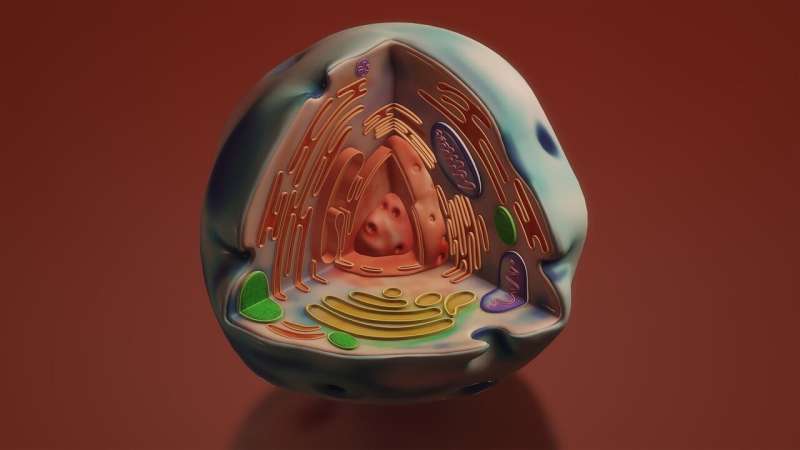New review examines the structural diversity of the endoplasmic reticulum

A new review in Cold Spring Harbor Perspectives in Biology from the Lippincott-Schwartz Lab at HHMI's Janelia Research Campus examines the diverse endoplasmic reticulum structures that have been described by light and electron microscopy.
The ER is a continuous, highly dynamic membrane compartment crucial for numerous basic cellular functions. It stretches from the outside of the nucleus to the outer periphery of all living cells.
While scientists thought the ER was composed of two simple membrane elements—sheets and tubules—super-resolution light microscopy and 3D electron microscopy are revealing that there is a much greater diversity of ER structures. These structures, with different shapes, curvatures and lengths, are greatly expanding scientists' view of the organelle and how it functions.
The new review describes the many diverse ER structures, and what is known about their regulation and function in mammalian cells. A better understanding of the ER's structural diversity, and how these structures work as an entire system, will help scientists better understand the ER's function and how changes in the ER could result in different diseases.
More information: Christopher J. Obara et al, Structural Diversity within the Endoplasmic Reticulum—From the Microscale to the Nanoscale, Cold Spring Harbor Perspectives in Biology (2022). DOI: 10.1101/cshperspect.a041259
Provided by Howard Hughes Medical Institute





















